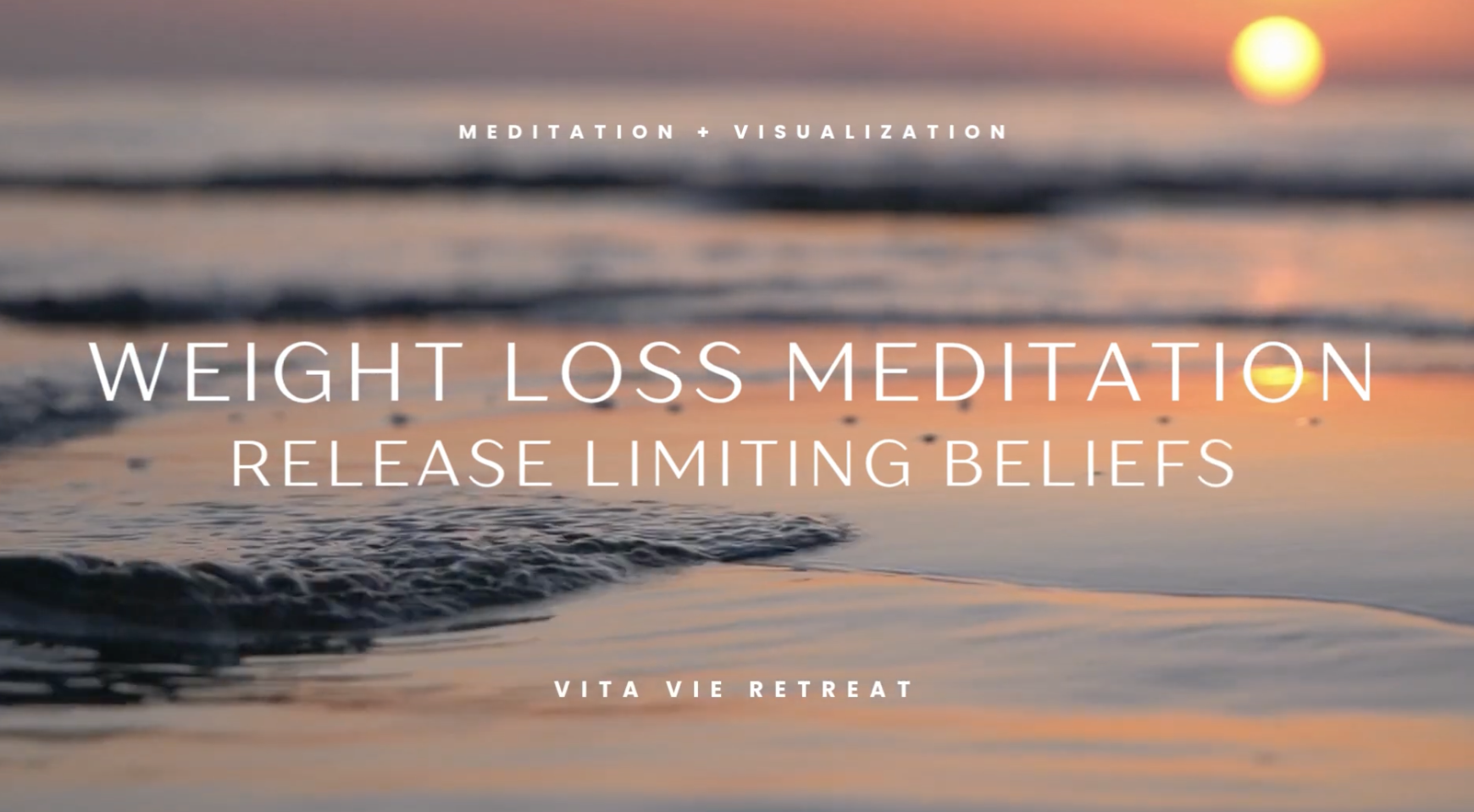The Power Of A Meditation Practice
/You’ve probably heard, seen, and read about meditation and its benefits for stress reduction and self-care. Discover the transformative power of meditation as we delve into its myriad benefits, from cultivating inner peace to enhancing overall well-being. We’ll dive into meditation, the benefits it can render and how to create a simple, practical mediation practice of your own. Learn more about meditation and how it can promote mindfulness as well as the profound impact that meditation can have on your mental, emotional, and physical health.
The Benefits of Meditation
There are numerous benefits to meditation and they can vary depending on the person and what their own personal goal is when diving into this mindfulness practice.
1. Stress Reduction: Meditation can help lower stress levels and promote a sense of calm.
2. Improved Focus: Regular meditation practice may enhance concentration and attention span.
3. Emotional Well-being: It can contribute to better emotional health by fostering mindfulness and self-awareness.
4. Enhanced Sleep: Meditation might aid in improving sleep quality and reducing insomnia.
5. Mind-Body Connection: It encourages a stronger connection between the mind and body.
6. Increased Self-Awareness: Meditation allows individuals to explore and understand their thoughts and emotions. Self-awareness also allows you to tune into your body, your body’s cues, and to understand what allows you to feel and function your best.
7. Boosted Creativity: Certain meditation techniques may stimulate creativity and innovative thinking.
8. Better Health: Meditation has been linked to various health benefits, including lower blood pressure and improved immune function.
9. Greater Mindfulness: It promotes living in the present moment, leading to a more mindful and fulfilling life.
10 Practical Tips To Create Your Meditation Practice
1. Start small: Begin with just a few minutes of meditation each day to build a consistent practice.
2. Choose a quiet space: Find a comfortable, quiet place where you won't be easily disturbed during meditation.
3. Set a regular time: Establish a routine by meditating at the same time each day, making it easier to incorporate into your schedule.
4. Focus on your breath: Concentrate on your breath to anchor your attention and calm your mind.
5. Use guided meditations: Explore guided meditation apps or recordings to help you stay focused and deepen your practice.
6. Be patient with yourself: Understand that meditation is a skill that develops over time, and it's okay to experience distractions.
7. Experiment with different techniques: Explore various meditation styles to find what resonates best with you, whether it's mindfulness, loving-kindness, or body scan.
8. Stay consistent: Consistency is key in establishing a meditation habit. Stick to your routine even on days when it feels challenging.
9. Gradually increase duration: As your meditation practice evolves, consider extending the duration to deepen your experience.
10. Enjoy the process: Approach meditation with a sense of curiosity and enjoyment, focusing on the positive impact it can have on your well-being.
Putting It Into Practice
In conclusion, meditation is a powerful practice that offers numerous benefits for both the mind and body. By incorporating this kind of mindfulness into your daily routine, you can experience reduced stress, improved focus, and enhanced overall well-being. Whether you're a beginner or an experienced meditator, the journey of self-discovery through meditation is one worth embarking on. Take a moment each day to pause, breathe, and connect with the present moment – your mind will thank you.
3 SIMPLE MEDITATION TECHNIQUES TO START WITH
1. Mindful Breathing: Find a quiet space, sit comfortably, and focus your attention on your breath. Inhale deeply, exhale slowly, and notice the sensations. If your mind wanders, gently bring it back to your breath.
2. Body Scan: Close your eyes and bring awareness to different parts of your body, starting from your toes up to your head. Notice any tension or sensations without judgment, and allow yourself to relax those areas.
3. Guided Visualization: Listen to a guided meditation or create your own mental sanctuary. Imagine a peaceful place and immerse yourself in the details. This helps calm the mind and promotes a sense of tranquility.
SAY HELLO TO YOUR MINDFULNESS PARTNER
The Morning + Evening Mindset Journal is the perfect companion to any mindfulness practice. Harness the power of your mind to cultivate peace, balance, and positivity in your life.
Get It Now: The Morning + Evening Mindset Journal
ADDITIONAL RESOURCES
Read - Meditation For Beginners - https://mindfulness.com/meditation/how-to-meditate
Guided (Spotify) - 10 Minute Guided Meditation
Meditation Cushion - https://amzn.to/3TZzzxd























